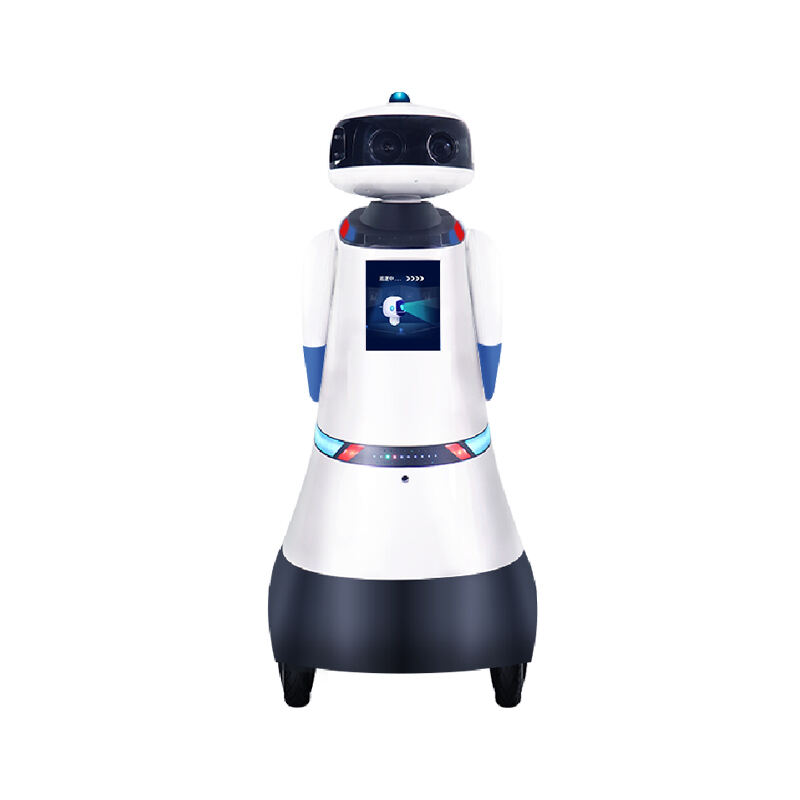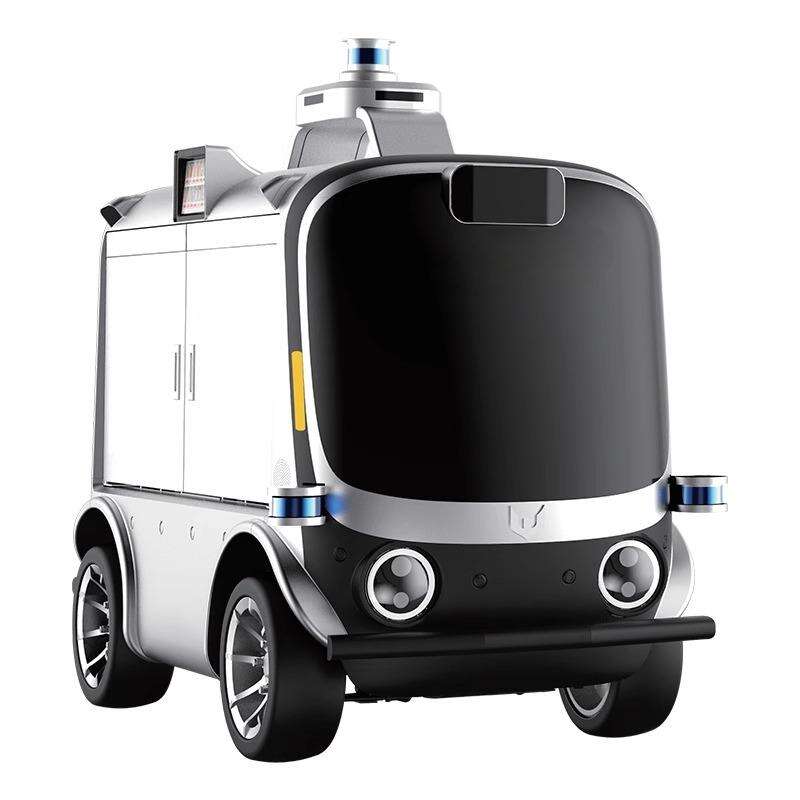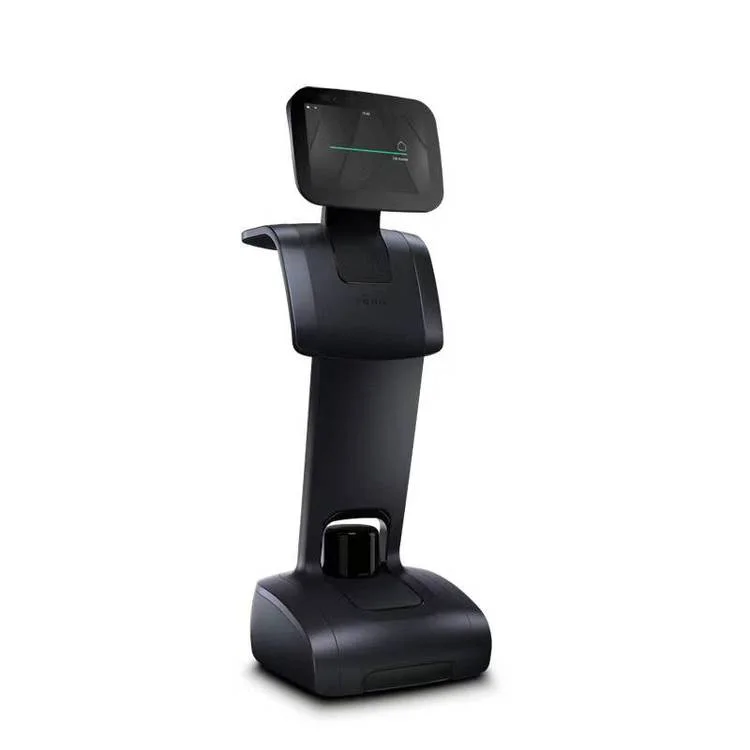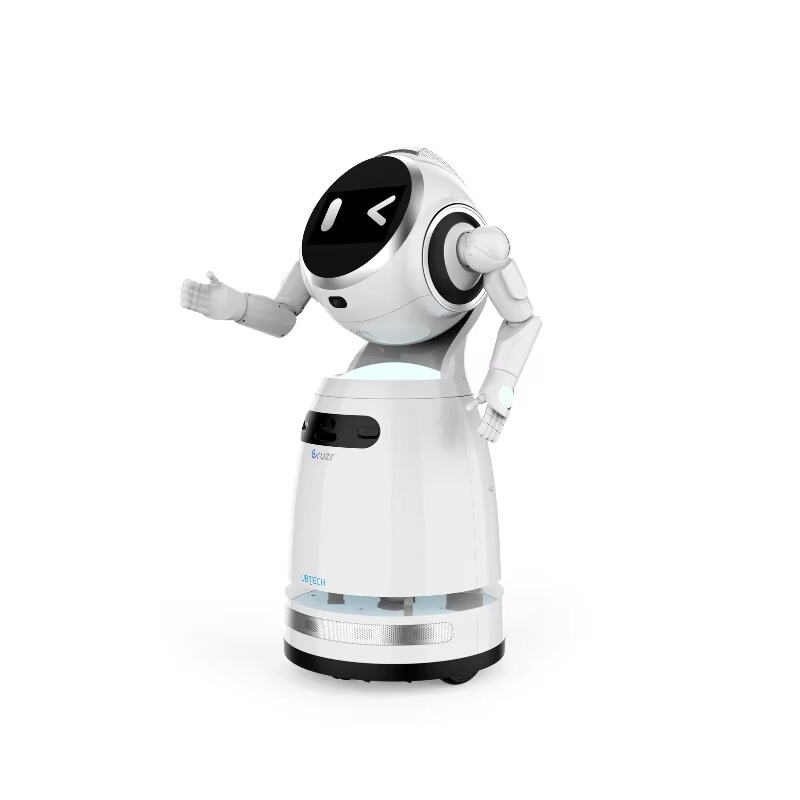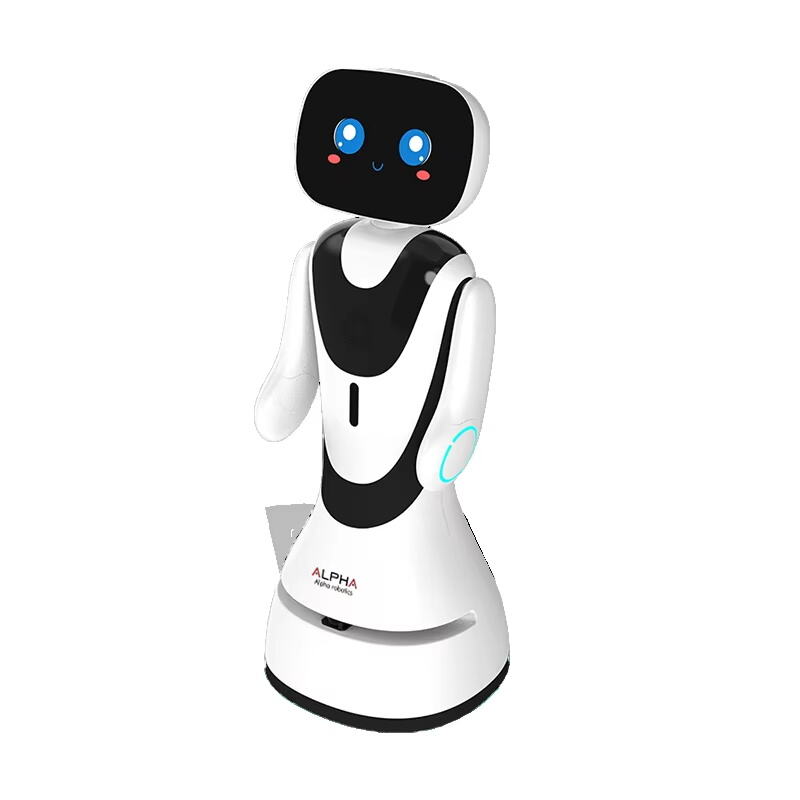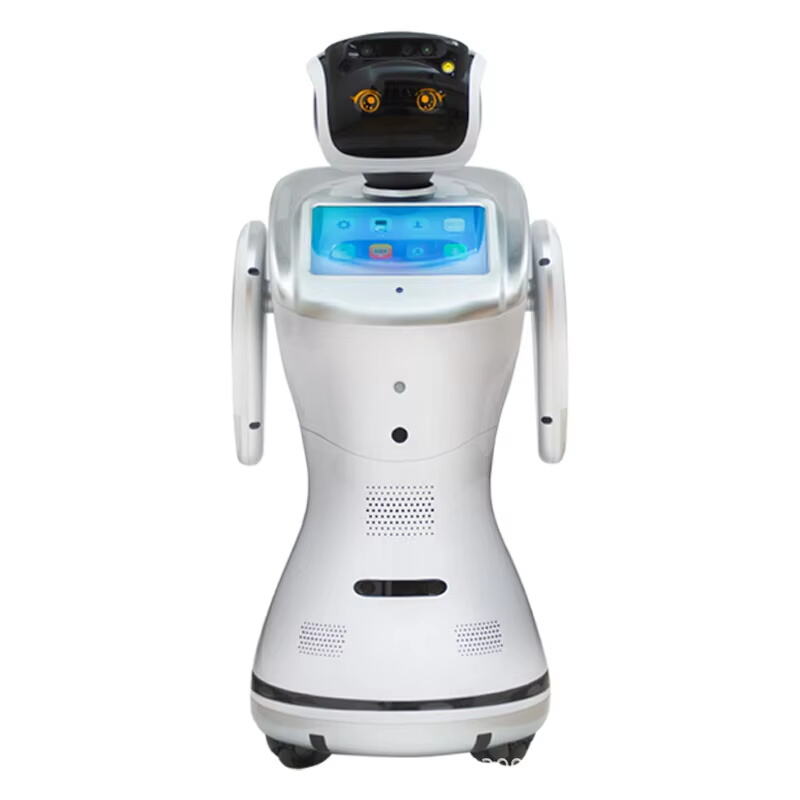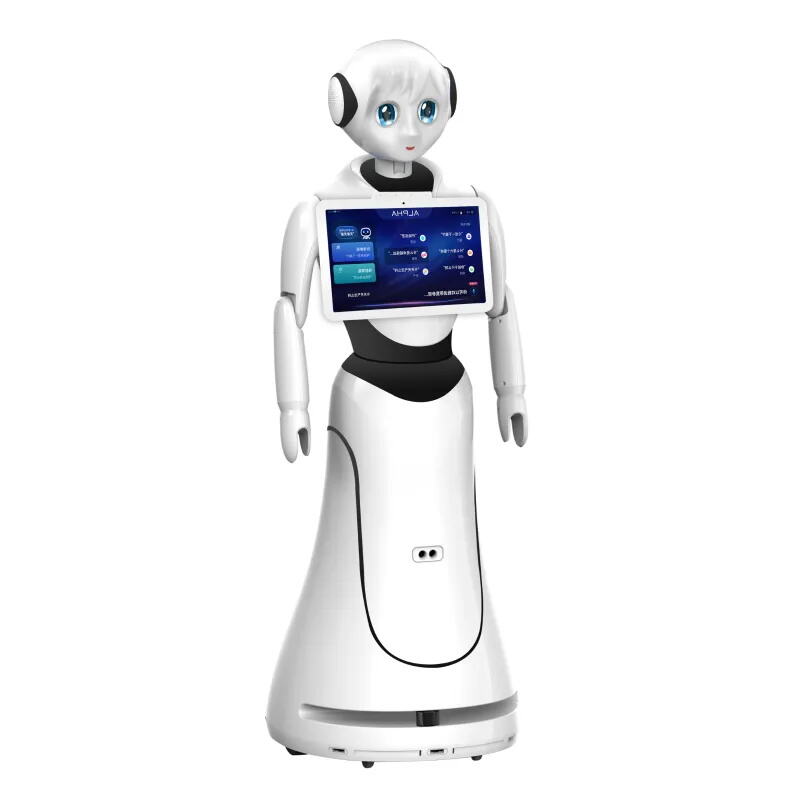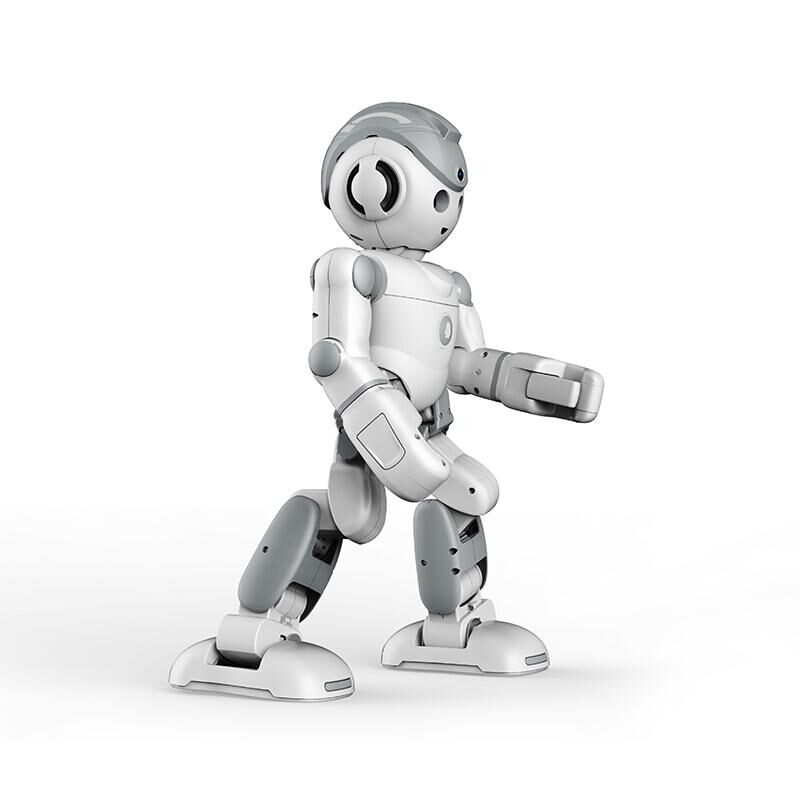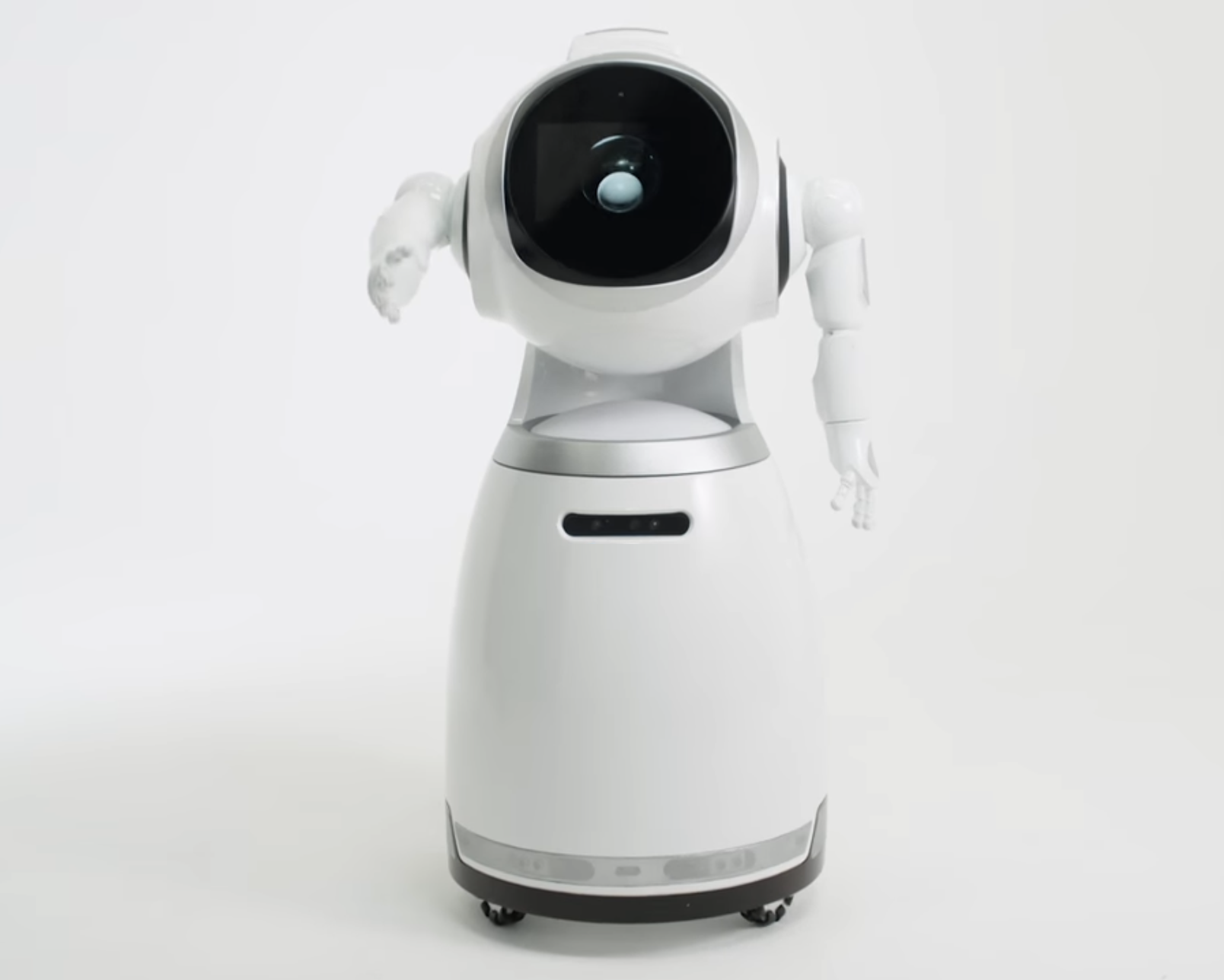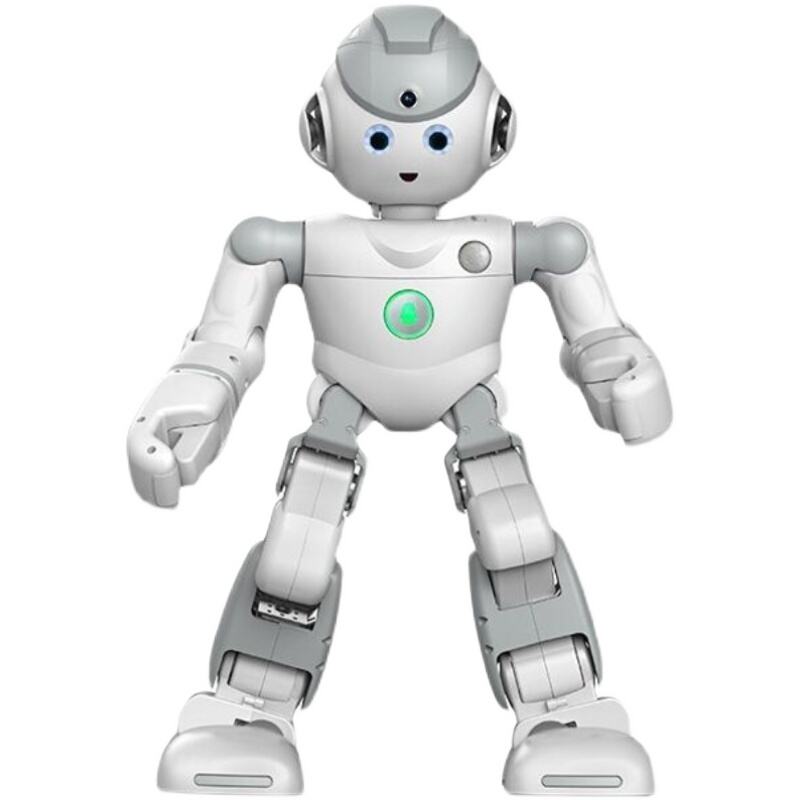how much does a small fish robot cost
Small fish robots, also known as robotic fish or aquatic drones, vary significantly in price ranging from $30 to $300 for consumer models and $1,000 to $10,000 for research-grade versions. These biomimetic devices are designed to replicate the swimming movements and behaviors of real fish. Entry-level models typically feature basic swimming capabilities, wireless remote control, and rechargeable batteries lasting 1-2 hours. Mid-range options ($100-$300) often include enhanced features like HD cameras, autonomous navigation, and longer battery life. Professional and research models incorporate advanced sensors, sophisticated AI algorithms, and durable materials for extended underwater operations. These robots serve multiple purposes, from entertainment and education to environmental monitoring and underwater research. They can be programmed to collect water quality data, study marine ecosystems, or perform simple maintenance tasks. The cost varies based on factors such as build quality, technological capabilities, sensor integration, and intended use, with educational models being more affordable than those designed for scientific research or industrial applications.

